Stuart McCarthy is in no doubt his new business venture on Eigg owes as much to islanders in the past as his current neighbours.
“You don’t get this brewery without what happened 25 years ago. To me that’s crystal clear.”
The Isle of Eigg Brewery got under way after a crowdfunder raised nearly £200,000 and locals are also assisting in building the facility.
But Stuart also praises those who did the groundwork for such an opportunity a quarter of a century ago by taking the island into community hands.
Here, we speak to established faces and new ones and tell the story of Eigg 25 years on.
When did Eigg become community-owned?
On June 12 1997, the 65 residents of Eigg became their own landlords.
It was a significant milestone in the land reform movement and a catalyst for further community buyouts.
The takeover by the Isle of Eigg Heritage Trust ended uncertainty over ownership of the island.
It also lifted a cloud of insecurity with no one having a contract of employment or security of tenure on their homes.
“Community ownership leads the way to business ownership and the support we’ve had from islanders and people who have an understanding of Eigg is phenomenal”, says Stuart.
“Under private ownership there would have been lots of hindrances.
“The trust has been very encouraging and helped fast-track the business during the pandemic.”
Brewery is one of island’s new businesses
Stuart is a former teacher whose wife Tamsin grew up on Eigg and left to go to university.
In 2013 they moved to the island, where Tamsin runs a hostel, and Stuart launched the brewery crowdfunder in 2020.
The business fits with Eigg’s green credentials, with brewing done using solar power panels.
Stuart also wants to buy an electric van to transport beer around the island and to the mainland.
By year three Stuart hopes to have three full-time employees and 25% of the profits funding grants to help future businesses.
“As a community you look to be able to support other folk within that community, in the same way they have offered support, so you can return the goodwill”, he says.
“This is a model that fits in what Eigg is about, what it wants to achieve, how it wants to represent itself to the world.”
Islanders and supporters will gather on Friday to mark the anniversary and the changes the buyout helped bring about.
What happened 25 years ago?
Insecurity over their future due to changing ownership of Eigg led to discontent and resentment among islanders.
When the island was put on the market again in 1996 an international fundraising appeal was launched for a community purchase.
Donations included an anonymous woman who pledged £750,000, or £1 million with Gift Aid.
The sole condition was that the donor’s name remained a secret.
The newly-formed heritage trust, a partnership between islanders, Highland Council and the Scottish Wildlife Trust, eventually bought the island for £1.5 million.
Maggie Fyffe, who moved to Eigg in 1976, became trust secretary.
She said: “25 years is another big milestone and particularly significant with several large-scale projects completed over the last few years.
“Eigg continues to thrive. The difference between then and now is night and day.
“What has been achieved here is proof enough that if you have energy and commitment, and care enough about the place you live, community ownership can make that difference.”
What has changed since the community buyout?
Since 1997 the population has risen to 110, visitor numbers have doubled and businesses and jobs have been created.
The trust and subsidiaries provide employment for 22 people, about a third of the 1997 population.
The island’s renewables system replaced diesel generators to provide 24-hour power. It is now being upgraded.
There is a variety of economic activity on the island, with digital connectivity making it increasingly varied.
Two new houses for affordable rent are being built with almost 15% of the population currently living in temporary accommodation.
An upgrade of the An Laimhrig community hub is nearing completion.
It houses the island shop, Post Office, tearoom, craft shop, trust office, waiting area and toilet and shower facilities.
It was the first flagship project in 1997.
But it is being redeveloped to provide additional space and new facilities for Eigg’s thriving community and its visitors.
Ailsa Raeburn, chair of the Isle of Eigg Heritage Trust and of Community Land Scotland, says the island has led the way for other communities.
“Eigg was one of the first major community buyouts and the islanders raised most of the money themselves. That was a major achievement in itself.
“And it’s how it’s tended to work over the 25 years, with the community being self-contained and self-reliant and just getting on and doing stuff.
“Even though we’re embarking on much bigger projects we’re sticking to what Eigg is all about – keeping power, decision-making and money generated locally to do good locally.
“That’s the aspiration of lots of places, but Eigg is leading the charge on it definitely.
“Even internationally, Eigg is recognised as a community that has been able to achieve a huge amount since the buyout.”
A returner to the island
Maggie Fyffe’s daughter Tasha left Eigg in her teens and returned when the buyout appeal was going on.
“It seemed to be an exciting time to be on the island. I wasn’t wrong.
“Since the buyout I have been very lucky to rent a trust house.
“It has given me the security and affordability to live on Eigg and bring up my daughter in a safe and amazing location and supportive community environment.”
Tasha manages a community tree nursery established in 2018 which has seen 17,500 trees grown.
The plan is to have surplus stock to supply individuals, crofters and farmers and to export to others in the area.
The nursery expansion provides ongoing employment for Tasha and increases employment and volunteering opportunities.
Woodfuel is provided for residents’ homes, the school and An Laimhrig’s shop, tearoom and craft shop and has created two jobs.
Tasha says the 25th anniversary marks an enormous achievement and how much hard work it has taken.
“I’m proud of what we have achieved in such a short time. It is also a time to reflect on everything we have achieved in that time.
“I feel very lucky to be part of Eigg and a huge level of responsibility to ensure it goes on to give future generations the opportunities and stability Eigg has given me.”
Eigg Electric has become a model for others
Eigg used to rely on diesel generators for a few hours of electricity a day.
But in 2008 it became the first community in the world to launch an off-grid system based on renewable sources.
Three hydroelectric generators, four wind turbines and a photovoltaic array now provide 24-hour access to power.
The award-winning system has become a model for small communities around the world.
Eigg Electric has recently increased generating capacity and is working towards providing 100% of the island’s electricity from renewables and to be net zero by 2030.
Director Sue Hollands, who moved to the island in 1998, said: “The difference between now and then is huge.
“When I moved most people had generators which were noisy, highly inefficient and expensive.
“We had no fridge and used gas lights and a car battery to power a ghetto-blaster.
“So having 24/7 electricity is a big thing.
“And it works because it’s a community-owned business and the community are very supportive.”
Eigg community’s newest residents
The island’s newest residents Tamsin Ogle and Mary-Jane Sturt arrive this week.
They are moving from Manchester and plan to renovate Sandamhor Bothy using sustainable materials.
Mary-Jane, 39, a researcher, said: “We fell in love with the west coast while sailing and cycling and were really keen to move.
“Eigg is doing so much as a community and we found that really appealing.
“The use of renewable energy is key and there is an abundance of creativity on the island.
“It just seems to have all the things we want.”
Tamsin, 40, a market gardener, adds: “The fact it is community-owned makes it a more interesting place.
“People seem to love where they live.
“There is a great sense of community and it feels good to be getting involved in that.”
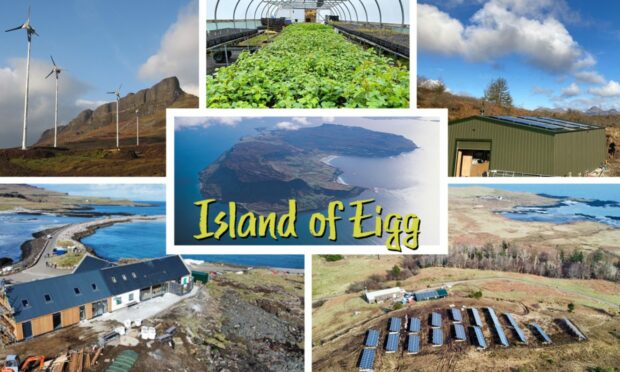
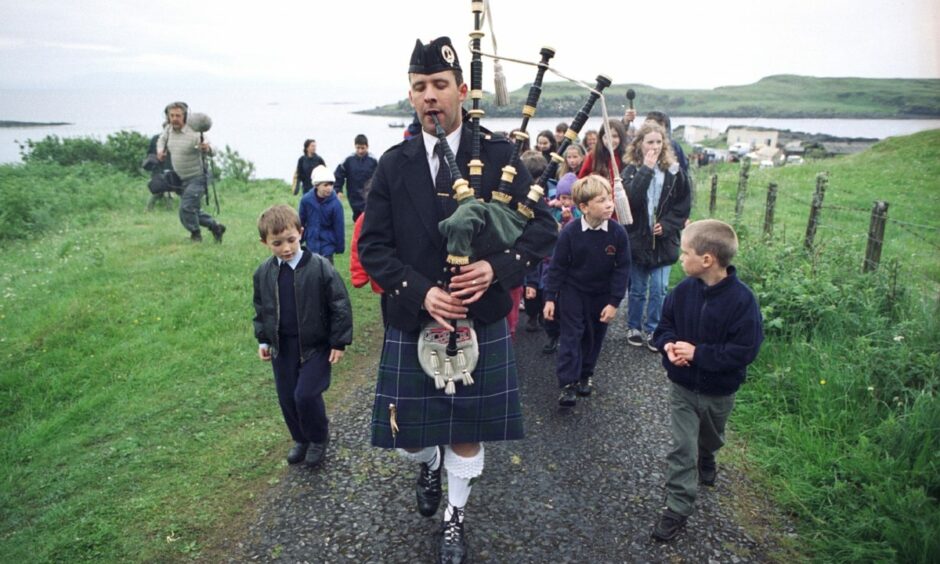
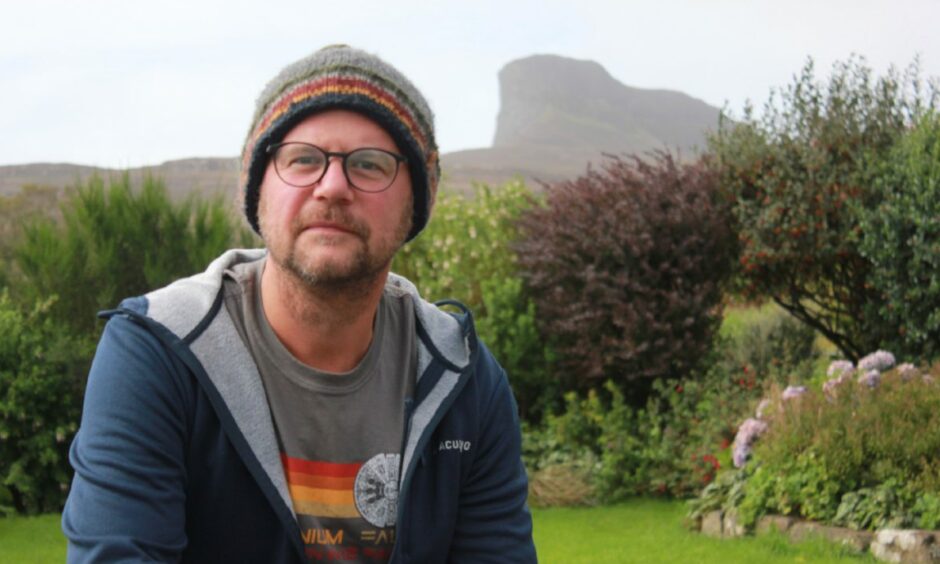
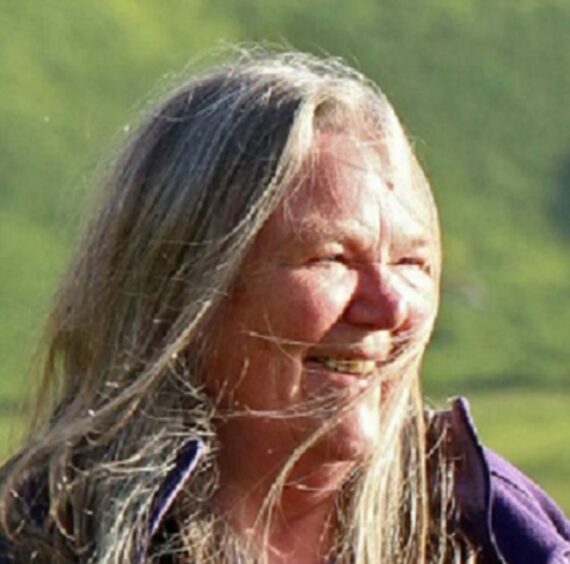
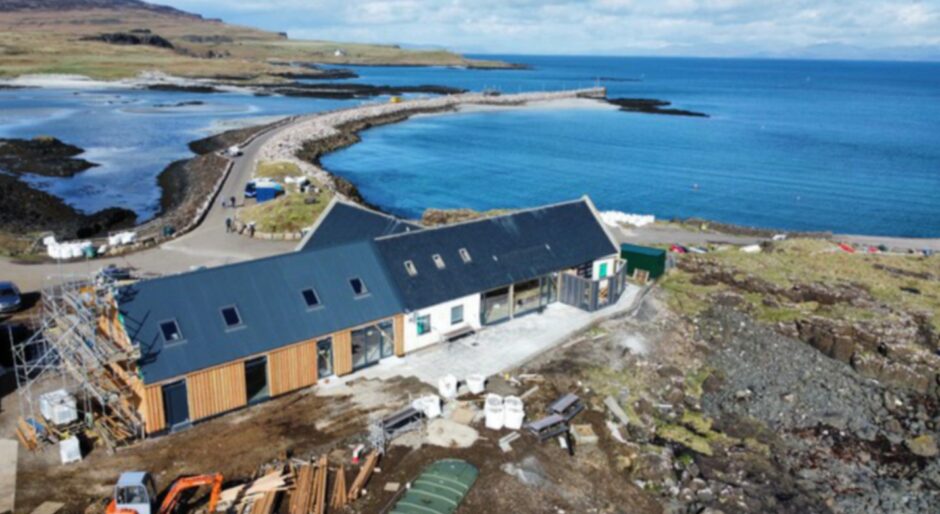
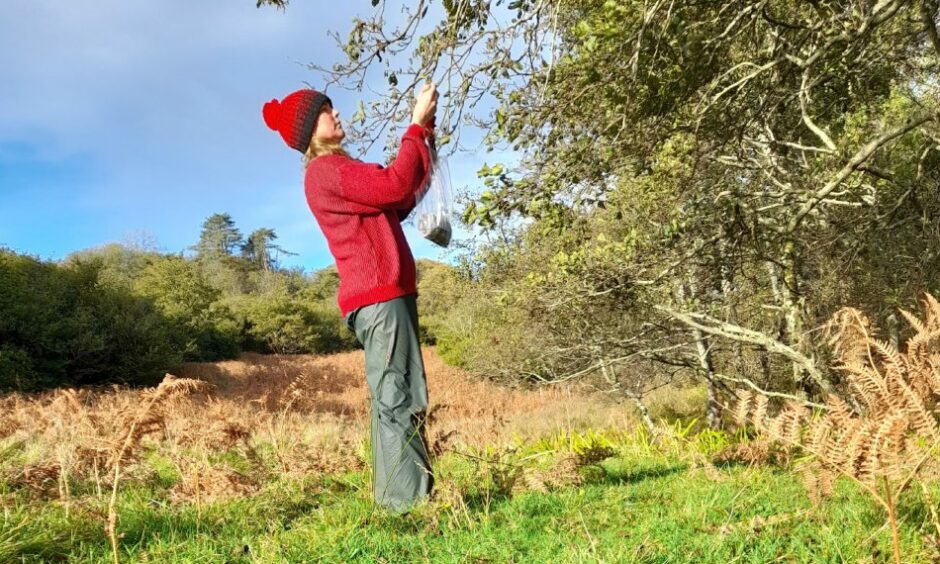
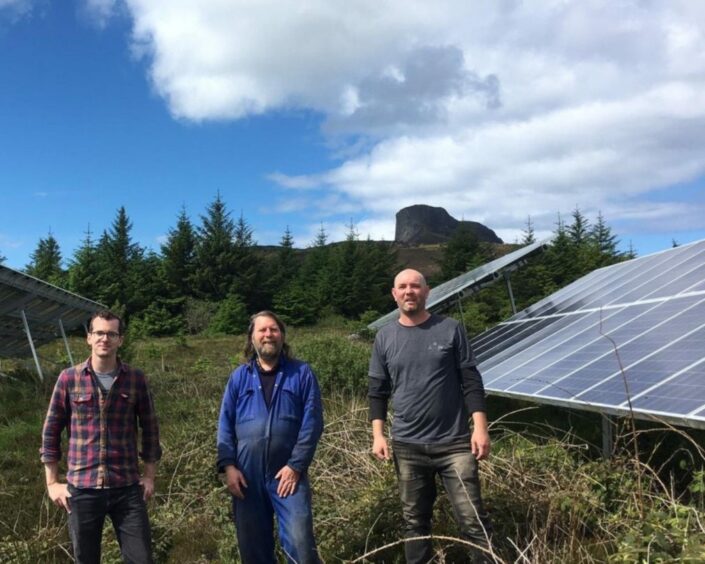
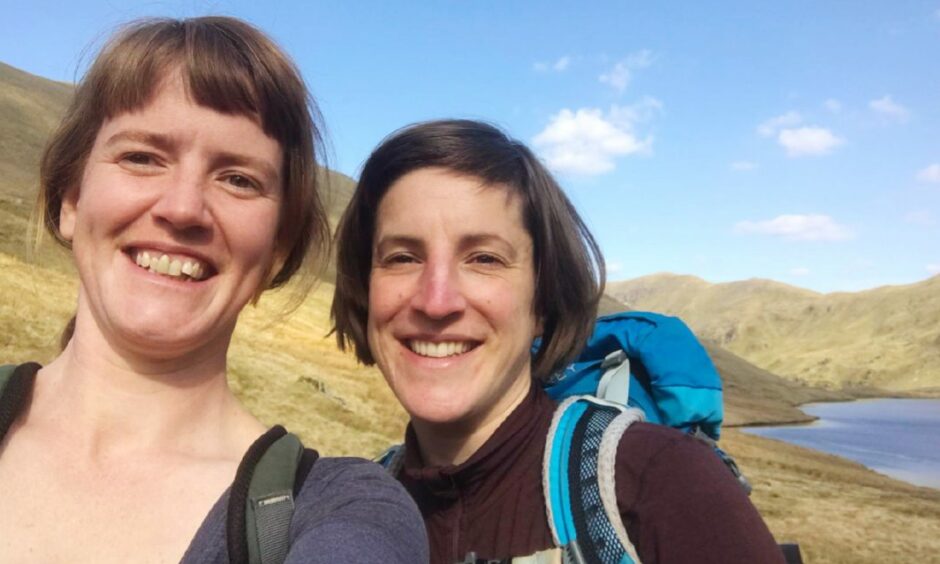
Conversation